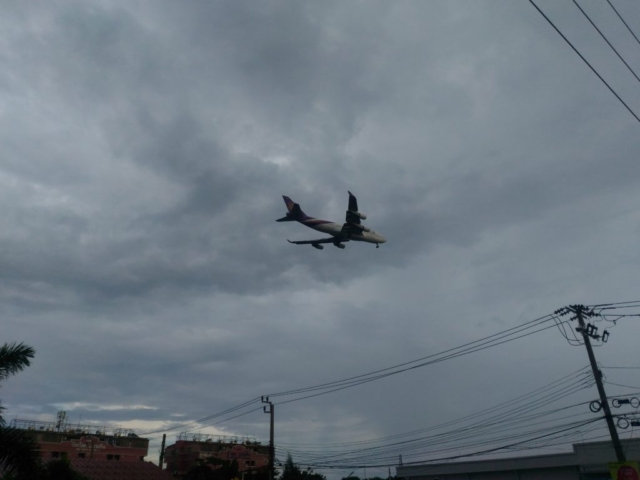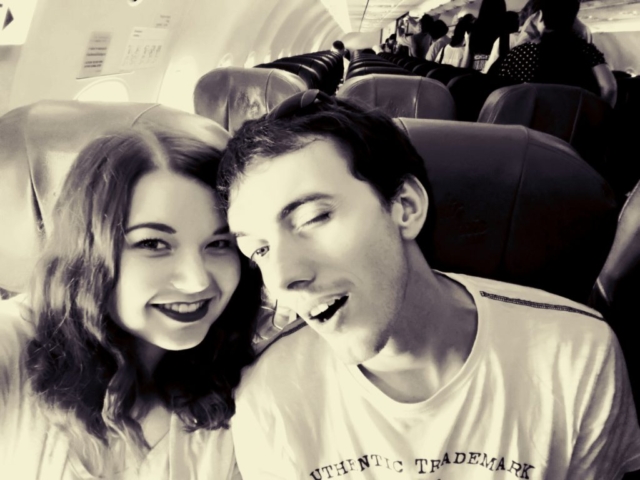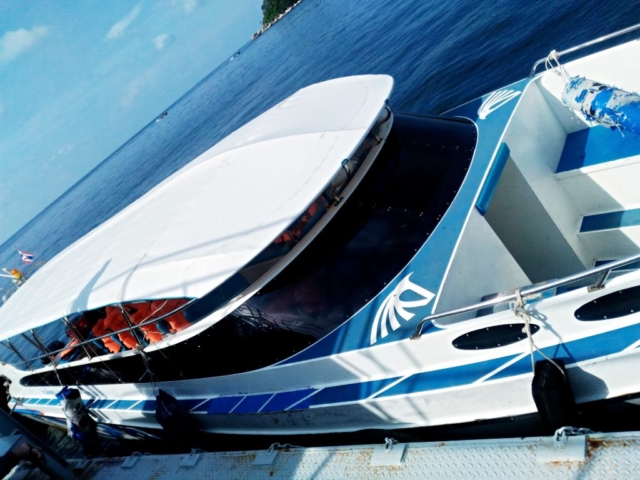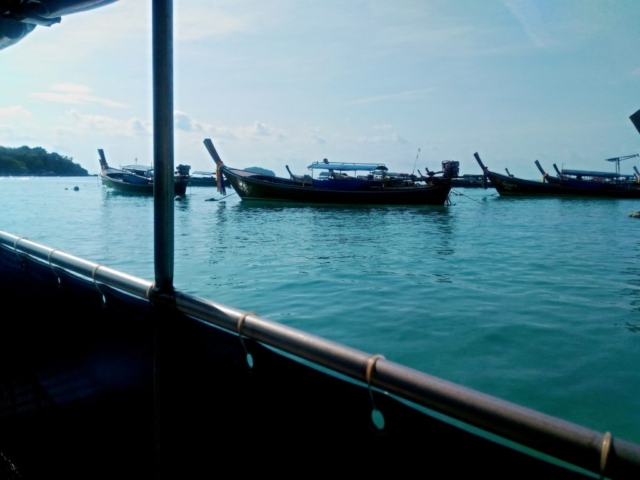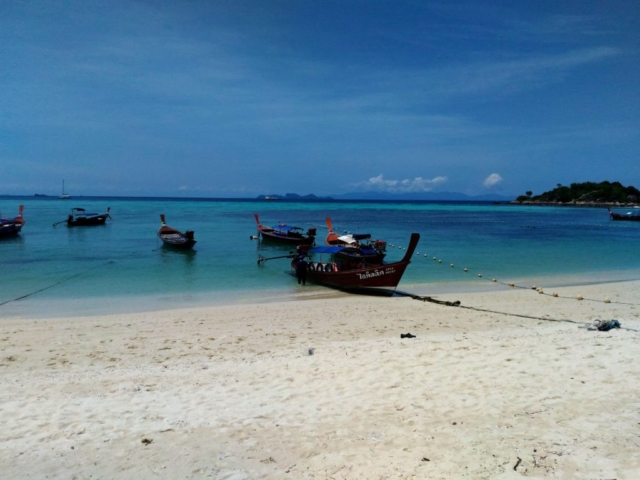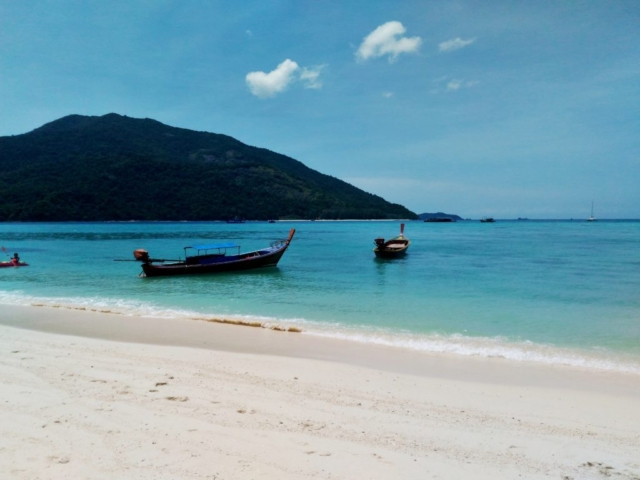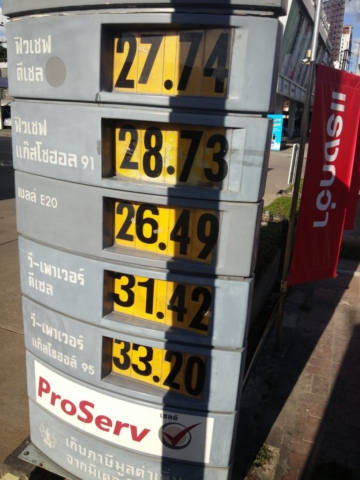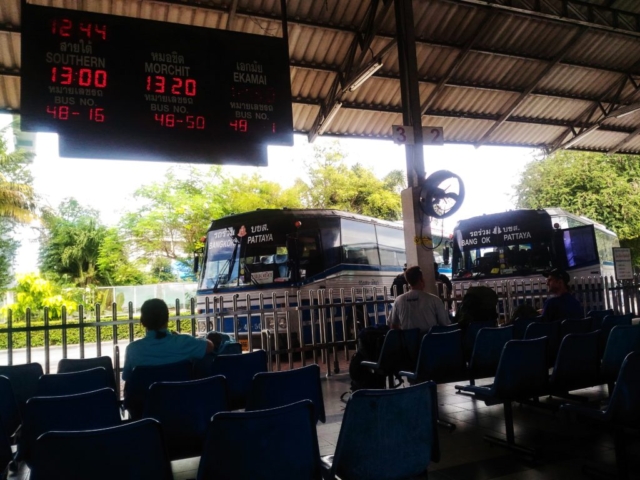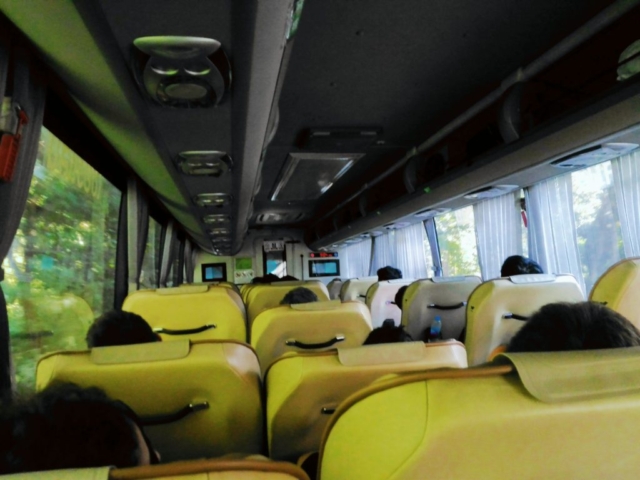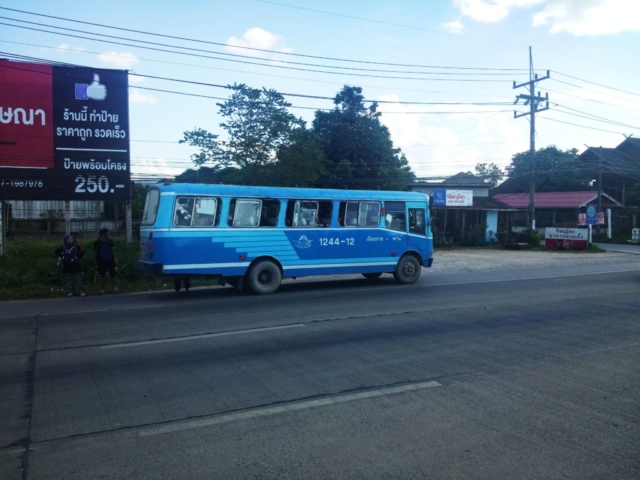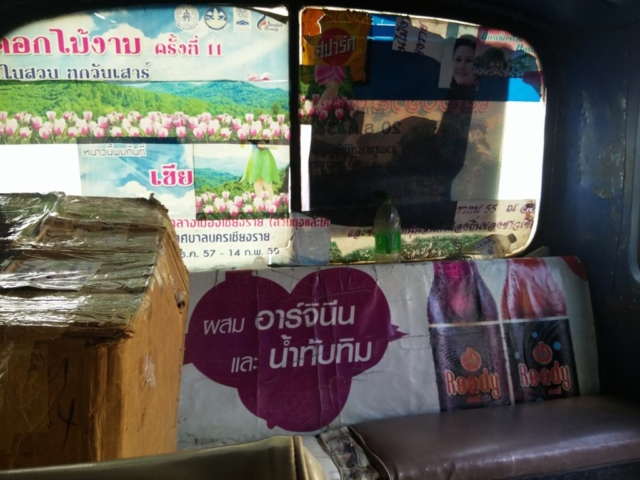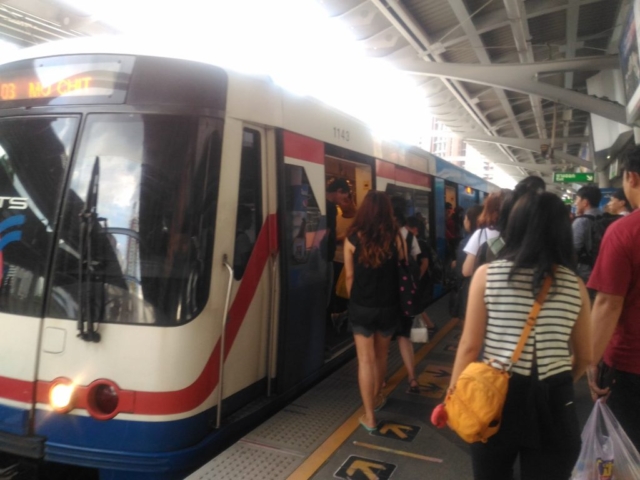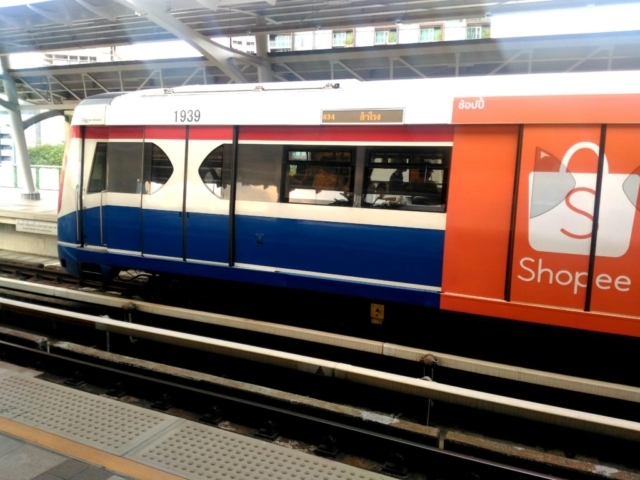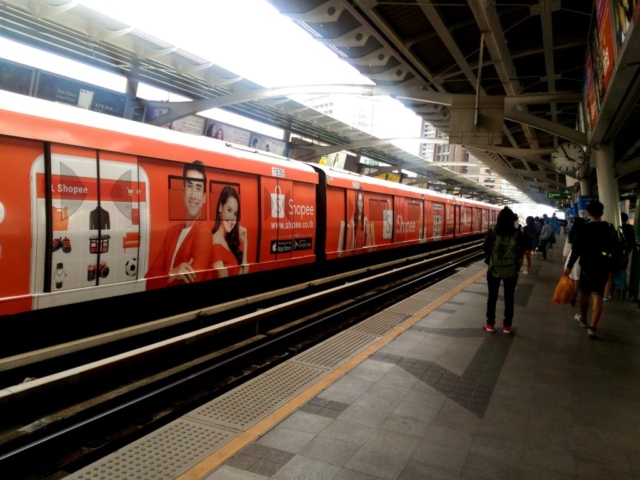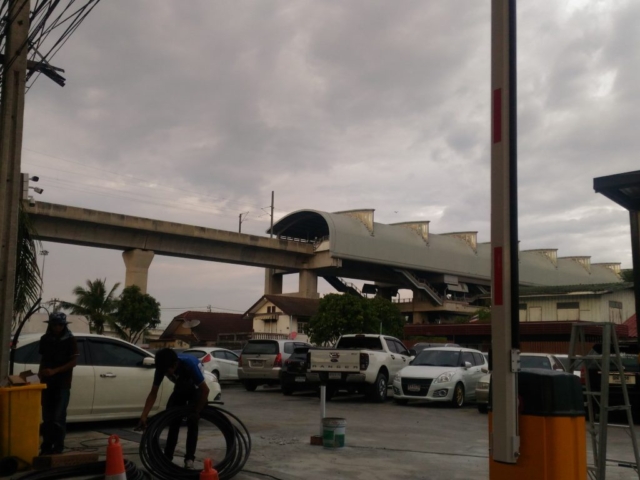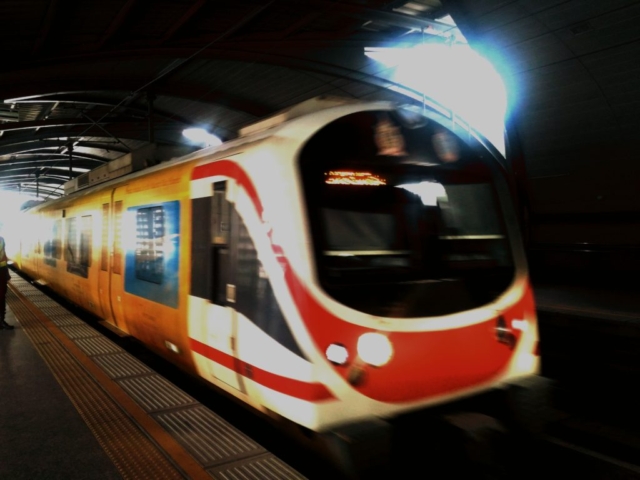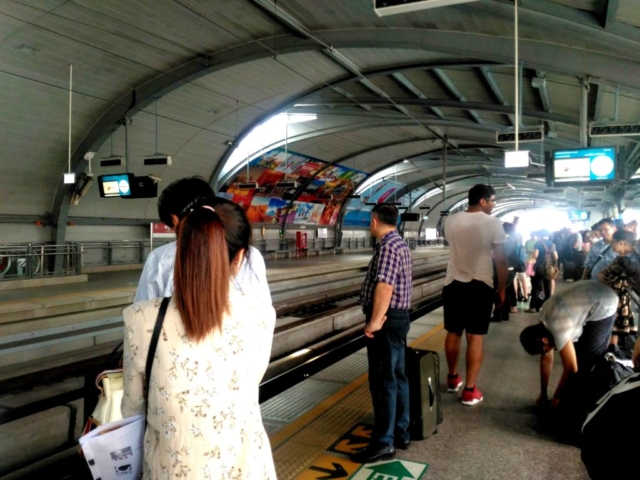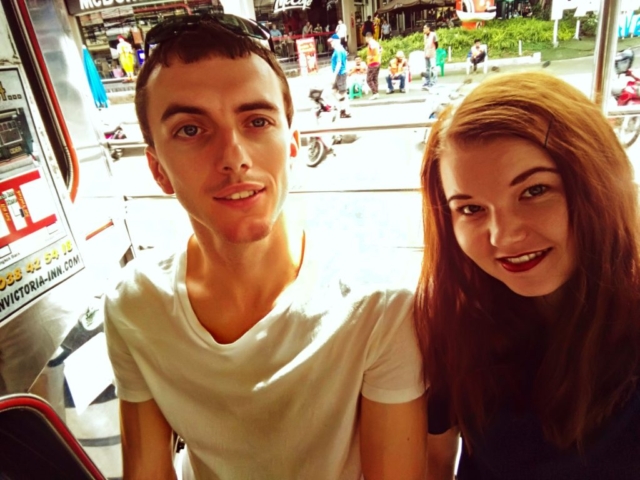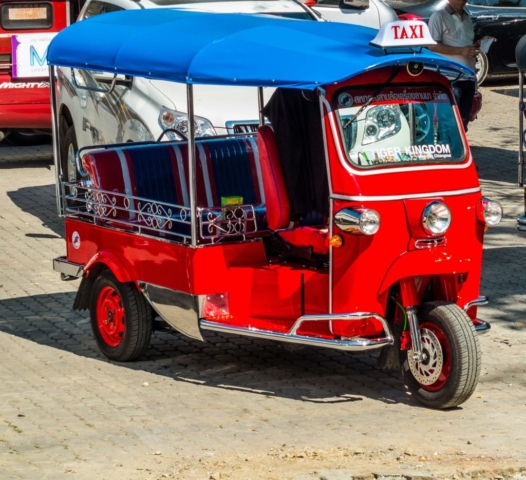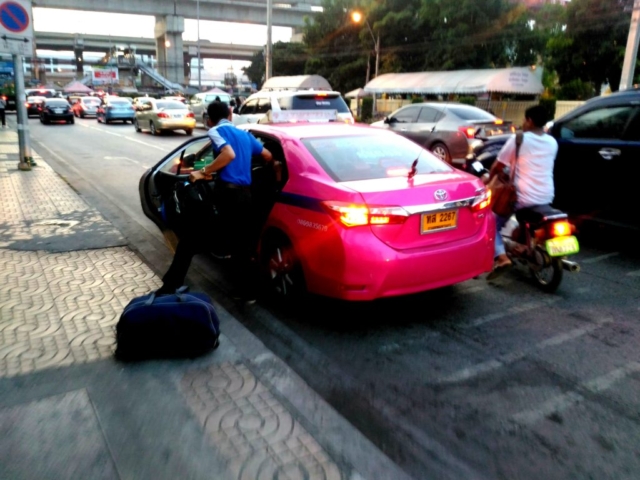Transport in Thailand is diverse and chaotic. Long distance travel is dominated by bus traffic. For short trips, there are more common motorcycles. The highway network is all over Thailand.
Domestic air transport has increased its popularity since 2010, largely due to the expanding services of low-cost carriers such as Thai Air Asia, Nok Air, and Thai Lion Air.
Areas of waterways are used to transport ship services. And the last options are vehicles as a tuk-tuk, songthaew and, unfortunately, elephants too.
Airport
The main international airports are in Bangkok and Phuket. Other international airports are also located in Hat Yai, Krabi, Ko Samui and Chiang Mai (airports are limited to flights from other Southeast Asian countries). The national carrier is Thai Airways, which was established in 1959.
Suvarnabhumi Airport (BKK) – A major international airport in Bangkok
Don Mueang International Airport (DMK) – An old airport used by low-cost carriers in Bangkok
If you have arrived at an international airport and you are traveling to another destination with low-cost companies, you have a FREE bus service (SHUTTLE BUS) that connects both airports in Bangkok. The bus departs from the 2nd floor, gate 3 and travels in both directions between 05.00 and 00.00 hours. Before you get in, you must show that you have a ticket to another destination with low-cost companies. From the airport (DMK) the bus from the 1st floor departs and is marked “Suvarnabhumi Airport”. You must also show the ticket before entering. The distance between Suvarnabhumi Airport (BKK) and Don Muang Airport (DMK) is 47.5 km and the ride takes 50 to 120 minutes depending on the time of day and traffic.
If you are planning to travel more than one site in Thailand, you can check the domestic flights too. We flew from Chiang Mai to Bangkok. The ticket was much cheaper than the bus and the flight time was much shorter.
Travel by boat
Perhaps the most identifiable Thai ship is a long-tailed wooden boat with a propeller at the end. They are used as a taxi or you can rent it. Much more widespread and more exploitable are nowadays so-called speed-boats that transport passengers to the Thai and other islands.
By boat from / to Thailand or to other islands (connections)
- From Phuket (Thailand) to Padang (Indonesia)
- Islands on the Way – Ko Phi Phi, Ko Lanta, Ko Ngai, Ko Mook, Ko Bulon
- Koh Lipe is on the border between Thailand and Malaysia and has
Thai immigration office - Langkawi – Malaysian Immigration Office (from Satun in southern Thailand)
- Penang – Malaysian Immigration Office
- In the province of Narathiwat, ferries are transported between Tak Bai and Pengkalan Kubur near Kota Bharu in the Malaysian state of Kelantan
Travel by train
Thai State Railway (SRT) operates all national railway lines. Bangkok Train Station (Hua Lamphong Station) is the main terminal of all routes. Phahonyothin and ICD Lat Krabang are the main freight terminals.
However, SRT is very negatively rated by people, trains are delayed, old and poorly maintained. Government attempts to restructure and/or privatize throughout the 20th century have always been rejected by the department and have not made any progress.
Prices depend on the type (speed) of the train and the class. There are three main classes:
1st class (chan neung) – 2-bed sleeping cabins with individually controlled air conditioning are available. Prices are around $ 50 for a day trip (BKK – Chiang Mai or Suratthani).
2nd (chan song) – stands roughly the same as first-class buses (and is about 2x cheaper than 1st class) with a comparable level of comfort. The beds are comfortable, with the narrower upper beds (cheaper than lower beds) and wider lower beds.
3rd class (chan
From / To Thailand by train
There are 2 active railways to the neighboring countries – the first to Malaysia and second to Laos via the Mekong River on the Thai-Laos friendly bridge. The railway to Cambodia is currently being rebuilt and not being used. The route to Myanmar is defunct (Death Railway). The luxurious option is to accept the Eastern & Oriental Express, a refurbished super-luxury train that runs the same route once a week. However, the price from Bangkok to Kuala Lumpur is around $ 2,200, so it does not fit into low-cost travel.
Road transport
According to statistics from 2015, Thailand occupies second place in the ranking with the highest number of deaths in traffic accidents. The most dangerous period is the New Year and Songthan (Thai New Year). Thailand has no laws requiring child safety features or rear seats in vehicles. The maximum speed in the country is 90 km / h, in the city is 80 km / h and on the highway is 120 km / h. In the city, the limit is considerably higher than the WHO recommended (50 km / h). On the roads, vehicles drive on the left. The fuel at the major pumping stations is around 25 baht/liter.
From / To Thailand by the road
From Cambodia – there are a total of 6 international border crossings. The busiest is the crossing at Poipet on the highway from Siem Reap. The alternative is Hatlek / Cham Yeam, the transition is calm with good communication links.
From Laos – The busiest border crossing is the bridge of friendship across the Mekong between Nong Khai and Lao Vientiane. It is also possible to cross the Mekong to Chiang Khong / Huay Xai, Nakhon Phanom / Tha Khaek, Mukdahan / Savannakhet.
From Malaysia – Padang Besar (Padang Besar) and Sadao (Bukit Kayu Hitam) in Songkhla province, Betong (Pengkalan Hulu) in Yala and Sungai Kolok (Rantau Panjang) in Narathiwat province.
Public bus service
Buses are the main way of transporting people, cargo and small packages and are the most popular means of long-distance travel. VIP buses on long distances are luxuriously equipped with wide seats, air conditioning, toilet, and refreshments, while city buses and lower-class categories are often colorful, glued with advertising and no air conditioning. Most buses run daily from 05:00 to 23:00.
Baw Kaw Saw (BKS) – government bus company has a terminal in each province. They are the best choice in terms of price and comfort.
- Local – slow, cramped, stops at each village. It is not suitable for long-distance travel but is usually the only cheap means of getting to remote areas.
- Express (rot duan) – orange color, different in size, the largest has about 65 seats (five seats per row), as well as an open space behind the back door for backpacks, bicycles, rice bags, live chickens…
- Second class (chan song) – blue and white with orange stripe, usually 45-48 seats, air-conditioned (some provide blankets). Most of them do not have any WCs on board, but the drivers stop at several stops.
- The first class (chan neung) – has very few stops. Blue and white color, air conditioning, blanket, larger seats, snack, and drinking water. WC on board.
- “VIP” – as in 1st class but with only 32-34 seats, which have more place for legs. Seats can change the position. The price includes a meal and a freshly-washed blanket. Blue-white color (or sometimes blue and silver), but usually signed “VIP”.
- “S-VIP” – Super-VIP is very similar to VIP, but only for 24 seats, which are wider and the aisle is offset, each row has a pair of seats on the right and only one seat on the left. It is mainly used for night trips.
Bangkok Mass Transit (BMTA) – is the main operator of Bangkok public buses. It offers routes around the city and its suburban provinces. Buses are in different sizes, types and price categories.
Link to the web. site: http://www.bmta.co.th/en/index.php
- Regular buses cost 7 THB (cream red) and 8 THB (white-blue).
- Buses on the highway cost 8,5 THB.
- Air-conditioned buses (cream blue) cost 9 – 19 THB (depending on the distance traveled).
- All-day buses (cream red) are 8 THB.
- EURO II (yellow-orange) buses are in the range of 12 – 22 THB depending on the distance traveled.
Transport Co – is BMTA’s counterpart remotely. North and northeast buses leave from Chatuchak Bus Terminal (Mo Chit 2), while East and South buses leave Ekkamai and South Bangkok terminals.
Bangkok BRT – is a fast transit bus system in Bangkok. Of the originally planned five routes, only one runs from the Sathon business district to Ratchaphruek on the west side of the city.
Buying a ticket is easy. In most buses, there is a controller and you say him where you are going and he will tell you the price. Or, the price for all is the same, so if you see that everyone is paying for 10 THB, you get the same amount. Sometimes, there is no controller so enjoy this ride because it is free for you.
The public bus between BKK and DMK – numbers 554 and 555, price per person 35 THB.
Rail rapid transit systems (RTS)
Bangkok has 3 fast systems:
MRT – The Metropolitan Rapid Transit is a fast transit system in Bangkok’s metropolitan area. The system consists of 3 railway lines and 2 monorail lines.
- The first part of MRT Blue Line – Chaloem Ratchamongkhon (between Hua Lamphong and Bang Sue)
- MRT Purple Line – officially the Chalong Ratchadham Line, joined Tao Poon with Khlong Bang Phai in Nonthaburi, northwest of Bangkok.
Both of these MRTs are operated by Bangkok Expressway and Metro Public Company Limited (BEM). Together with the BTS Skytrain and the airport rail link, MRT is part of the Bangkok railway infrastructure.
BTS – Bangkok Skytrain, is an overland rapid transit system in Bangkok.
- Sukhumvit Line – Head north and east, ending at Mo Chit and Kheha
- Silom Line – Headed by Silom and Sathon Roads (Central Business District), ending at National Stadium and Bang Wa. The transfer station is SIAM.
ARL – Suvarnabhumi Airport Link is an express and train service providing a Suvarnabhumi airport connection, via Makkasan Station, at Phaya Thai Station in downtown Bangkok.
Other forms of transport
Songthaew – a truck-based truck with two benches. The most common type is with roof and open sides. Everyone has their own route, where they drive all day round. Just stand near the road and he stops. You can go out anytime – just push the bell. 1 ride and pay for 1 person is 10 THB. But if you ask the driver for the way or price or something similar – this car will change for you in TAXI and you will automatically have a price much higher (e.g. 200 THB). Many tourists have no idea.
Tuk-Tuk – includes small and light vehicles. They mostly have 3 rounds. Be careful if the driver offers you a nice jewelry show (100% of the scam). Pay attention to your bags and phones. It sometimes happens that some people on motorbikers stole that. Previously, it was worthwhile to catch this vehicle and pay a few bahts. Today, it is the main attraction for tourists with a price many times higher.
Taxi – with a taximeter are ubiquitous in Bangkok and are becoming more popular in other Thai locations too. Watch out for taxis that do not have a taximeter. In the end, they have a higher price for you.
Grab – applications based on Uber, you can find a motorcycle, a taxi, a private car or a premium vehicle such as an SUV. All you need is an application on your phone and data. The advantage of this app is that you see the price in advance.
Motorbike/scooter – across Asia, it is the most common form of transport. They are widely used as a taxi (the price starts at 10 THB). Always make a deal before the ride, otherwise, the driver may charge you more. You can rent a motorcycle or a scooter with a helmet without any problems. Some rentals don´t want to see a valid license, but you have to legally have a valid Thai license or international driver’s license. Often a deposit is required, sometimes a photocopy of the passport or even a passport (refuse and give them more
Renting a car – is a cost-effective way to get to the remote parts of the country and go along your own axis. Car rental with insurance starts at THB 1000 per day and decreases to about 5,600 THB / week or 18,000 THB / month. Agencies require a valid license to drive a passenger car. Even here you do not have to avoid fraud. Sometimes it happens that the owner has a person who follows you and later steals your vehicle using a set of spare keys. Be sure to always inform the tourist police (phone number 1155).
